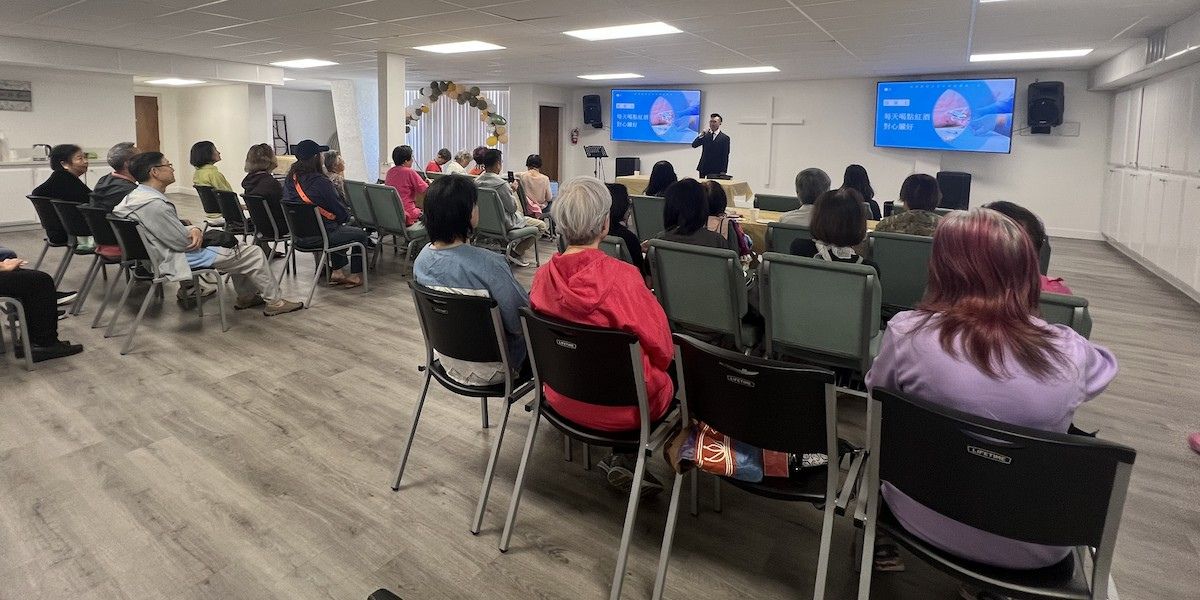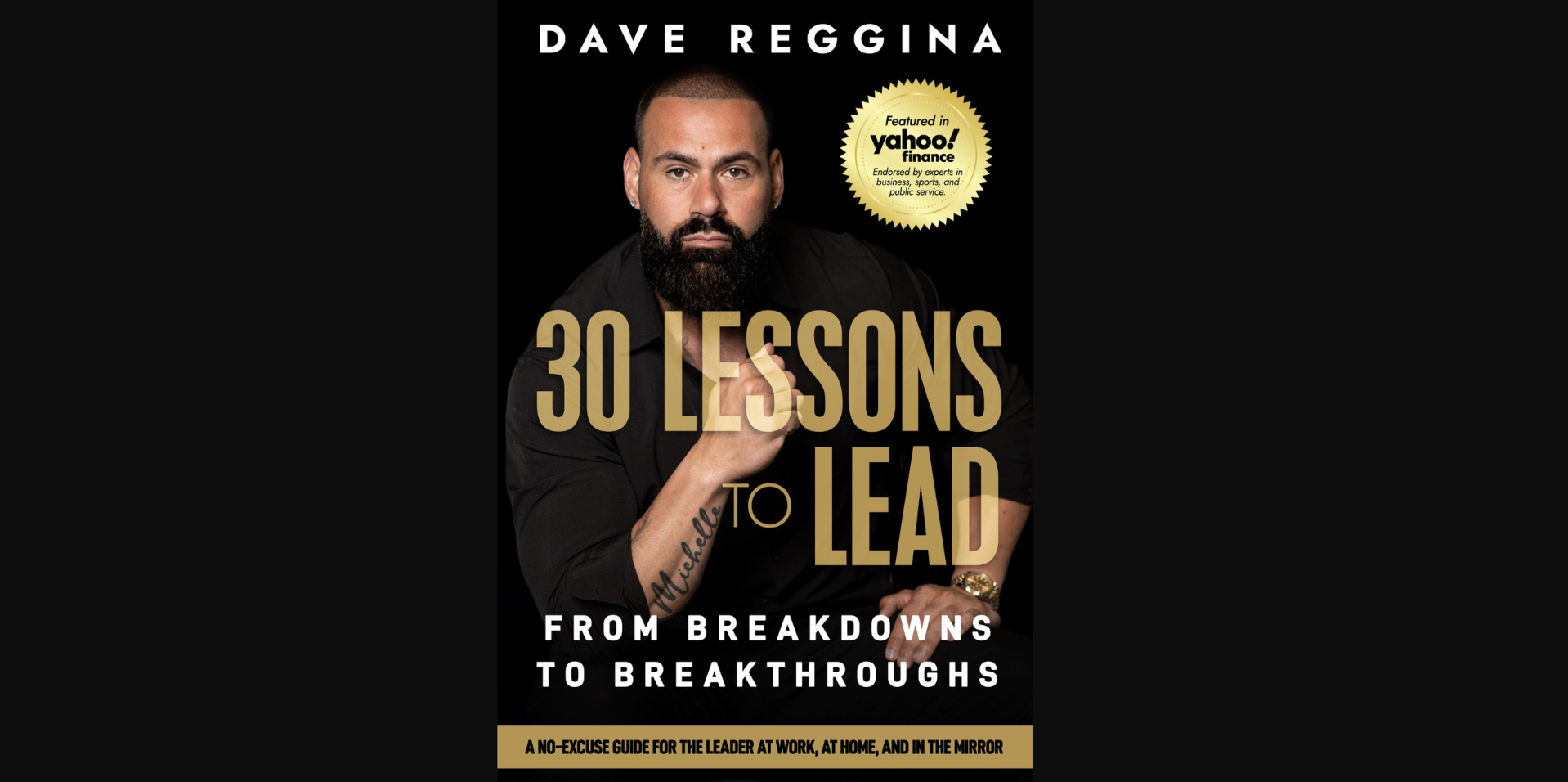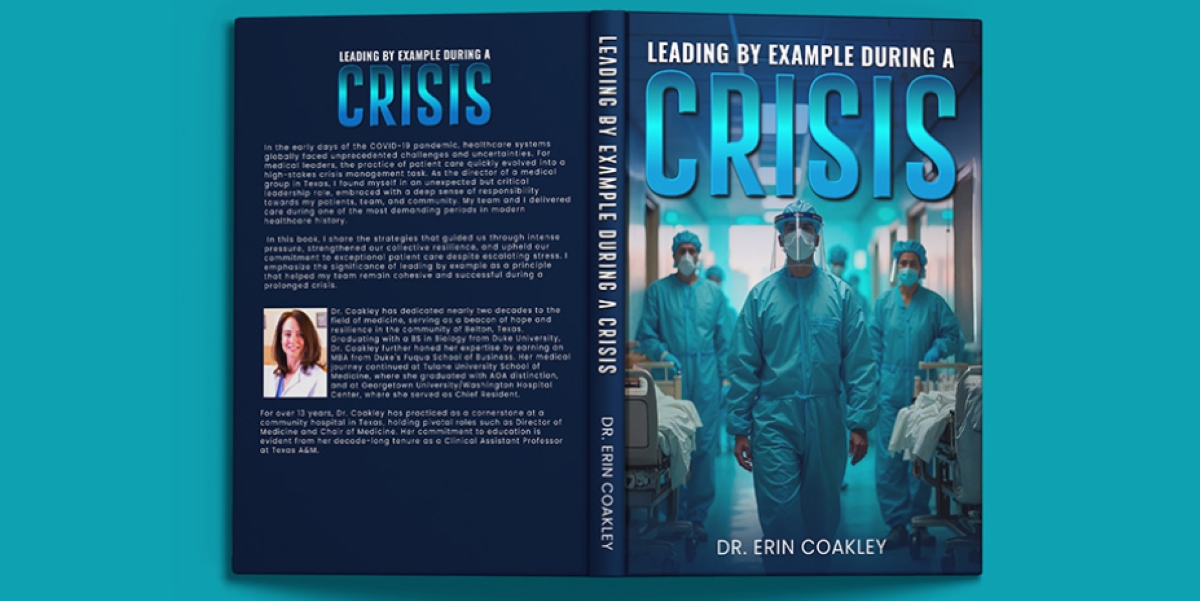Studies indicate that children who are minorities, have disabilities, or identify as LGBTQ are more likely to be bullied than their peers. Believe it or not, children notice race as early as six months old, and race-based discrimination is already widespread when children start elementary school.
The victims of bullying are affected, and so are the children who bully them. Research reveals that children who engage in bullying are seven times more likely to bring a weapon to school and six times more likely to have a criminal record by age 24.
Priya Kumari, the best-selling author of “Leaf Talks Peace,” is attempting to help children understand their part in creating a society that respects people of all cultures, genders, colors, and ethnicities. She believes peace education confronts cultural issues head-on and empowers children to show respect, resolve conflict, and prevent violence.
Priya Kumari advocates the need for Peace Education
Kumari grew up in India in a house across the street from a monastery and a temple. She remembers waking each morning to the sounds of chanting and bells. There was no single moment when she learned the value of loving oneself, others, and nature. As she recalls, her knowledge of inner peace came naturally and effortlessly.
“Living in a diverse environment like India enabled this wisdom to become a part of who I am,” she explains. “It shaped me as I grew, but the world has changed. Parents and teachers must address this topic with children today.”
Kumari also believes this generation is under more stress than preceding ones. “20 years ago, life was slower. As a mother, I was shocked when the doctor told me it was routine to check for high blood pressure at my son’s three-year checkup. So many children struggle with emotional distress, anxiety, mental depression, and social disharmony.”
Peace education addresses these issues through three primary focuses:
- Individual peace
- Social peace
- Ecological peace
Individual peace highlights the importance of mindfulness and inner peace. It shows students how to practice emotional hygiene, putting as much emphasis on their mental and spiritual wellness as their physical wellness.
“Learning how to achieve individual peace comes first,” says Kumari. “Without being happy on the inside, students cannot be at peace with others and the world. To teach children the value of individual peace, we must enable them to redefine success. Real success has nothing to do with the money in our bank account or the car we drive. The true benchmark for success is deep, inner happiness.”
Social peace involves living in harmony with each other. This includes teaching students the value of being inclusive. Students learn how to respect differences and resolve conflict peacefully.
Ecological peace is based on finding harmony with nature. Through this avenue, students learn to value every part of their world and to work toward sustainable balance with the environment.
“We all live on one shared planet,” reflects Kumari. “Sadhguru says that if a small insect like ants were to disappear, the entire ecosystem would be thrown out of balance. However, if humans were to disappear, the Earth would most likely thrive. Why is that true, and what can we do to change that?”
Peace education teaches children to respect one another
One of the main thrusts of peace education is reducing cultural bias. Kumari believes this can start as young as pre-school through quality literature.
“So many excellent books provide a window into other cultures,” she remarks. “Good literature introduces children to other people’s backgrounds and values. When teachers incorporate engaging picture books, they create awareness, promote inclusion, and directly impact social problems such as bullying, hate crimes, and cultural bias.”
Kumari points to troubling reports of gang violence, internet bullying, and mass shootings. She asserts that all of these are the result of a generation who cannot resolve conflict peacefully.
“Helping children build cultural awareness and discuss conflict resolution creates a culture of inclusion,” she says. “The younger children are, the easier it is for them to internalize these values. As they grow, it becomes more difficult to change their minds.”
Peace education offers the tools students need to manage their emotions, show respect, and create harmony. Students learn to control their emotions through mindfulness and meditation, learn respect by understanding the differences in people around them, and create harmony through conflict resolution.
Leaf Talks Peace and Peace Education
Kumari wrote the book “Leaf Talks Peace” after her son asked about the meaning of friendship. As she thought about an answer, Kumari was reminded of Buddha’s message of interdependent origination of life — a message incorporating all the elements of individual, social, and ecological peace.
Kumari told her son that as Buddha meditated under a Bodhi tree, he saw the presence of sun, soil, water, time, space and even a mind in a leaf. He watched as the elements cooperated happily to give the leaf life.
“That Bodhi leaf inspired Buddha’s message of interdependent origination, and it enabled me to describe friendship to my son,” remarks Kumari. “When we work together, we create a happy world where people from all cultures, colors, genders, and ethnicities live in harmony with themselves and nature.”That evening, Kumari began work on a picture book to bring this concept to life. In “Leaf Talks Peace: Buddha’s Message of Harmony,” she delivers the message of interdependence through the eyes of a leaf from the Bodhi tree. As the Dalai Lama writes in the foreword, “‘Leaf Talks Peace’ is a beautifully illustrated children’s book that teaches children the importance of living in harmony with nature and with all forms of life.”





